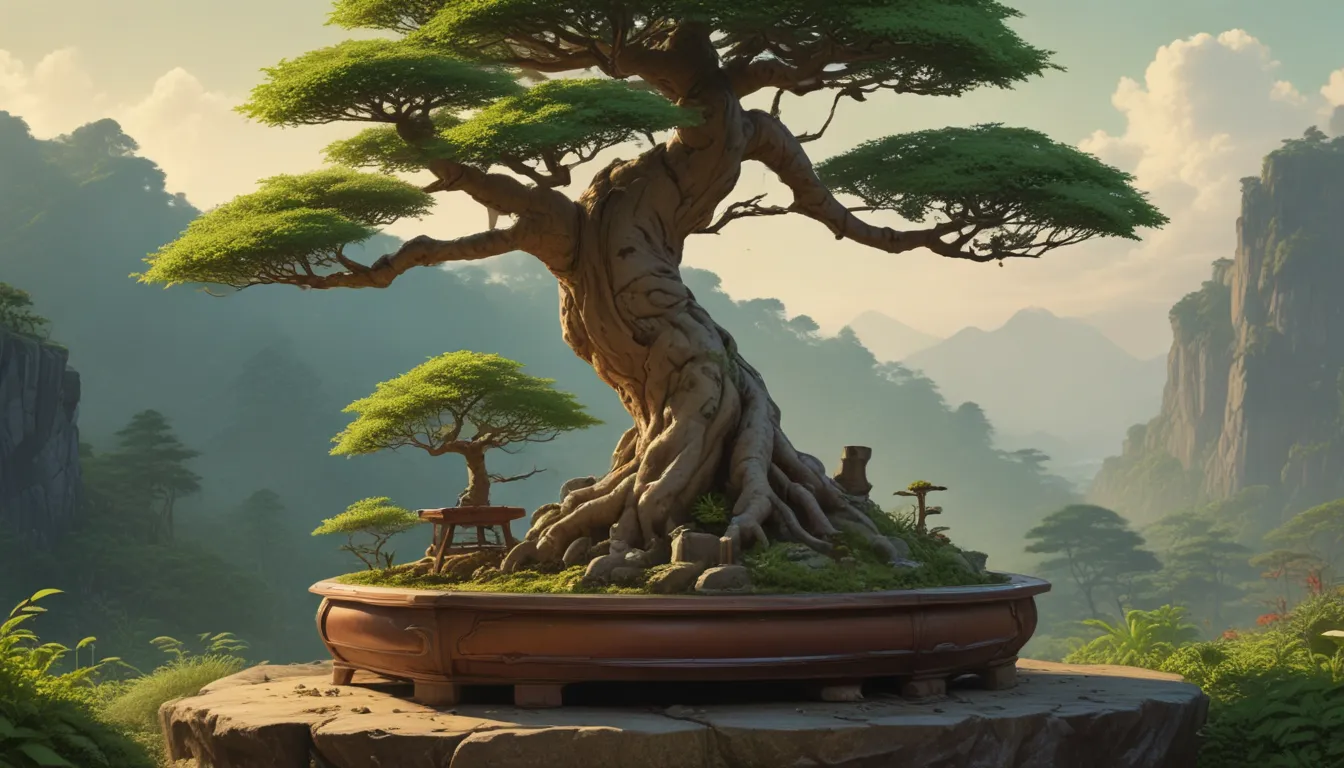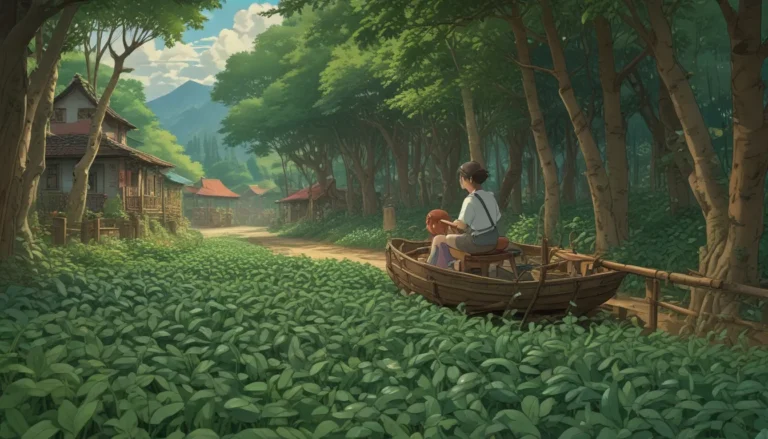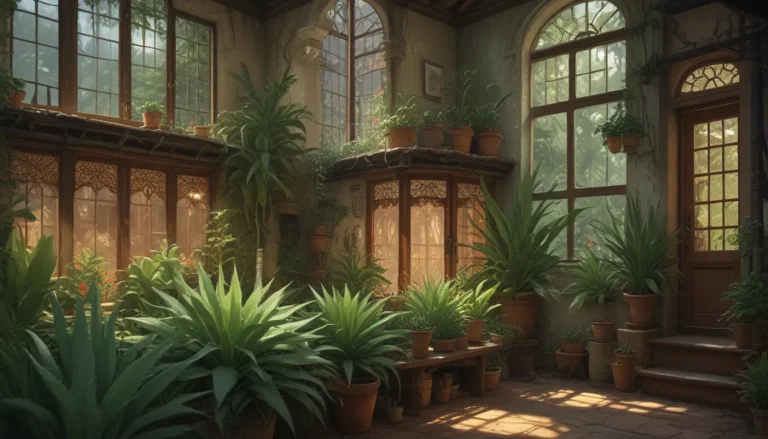A Comprehensive Guide to Starting Your First Bonsai Tree Journey

Are you looking to delve into the enchanting world of bonsai or have you recently acquired a delightful little tree that has piqued your interest? If so, you may be wondering how to properly care for your first plant.
Bonsai is not just about gardening; it is a unique blend of art and horticulture. It involves nurturing plants while creating miniature landscapes that capture the beauty of nature in a small space.
While the idea of caring for a bonsai tree, especially after seeing those centuries-old, award-winning specimens, might seem daunting, fear not. It’s crucial to remember that at the core of bonsai care is tending to a plant, much like any other gardening practice. With a mix of artistic flair and a green thumb, you can embark on this fulfilling journey with confidence.
In this guide, we will break down the basics of bonsai care, providing you with essential information to help you get started without feeling overwhelmed.
Even if you are a complete novice in the world of bonsai or have never tended to plants before, this guide is designed with beginners in mind, with ample support and guidance to assist you throughout your journey.
What You’ll Learn
Are you new to bonsai growing? Before we dive into the details, you may want to brush up on the basics of this ancient art form by exploring our introduction to bonsai. This resource covers fundamental concepts and delves into the rich history of bonsai cultivation.
Feeling prepared? Let’s get started!
Understanding Bonsai
Bonsai, as an art form, traces its origins back hundreds of years when it was introduced by Chinese monks to Japan. Over time, this practice evolved in Japan, leading to the sophisticated art form that we appreciate today.
While one of the earliest known bonsai examples in Japan dates back to the 1300s, the tradition likely predates this period.
Contrary to popular belief, bonsai is not about cultivating miniature trees. Instead, it involves nurturing full-size specimens in small containers, maintaining their small size through containment and selective pruning.
Most bonsai species require the same care as regular trees; they need to be outdoors and go through a dormancy period.
However, there are a few species that can thrive indoors for part, or even the entire year.
Choosing the Right Species to Begin With
When selecting a plant to kickstart your bonsai journey, consider whether you can maintain the tree outdoors or if indoor growing is more suitable.
Certain trees require a dormancy period with colder temperatures and reduced light, making indoor cultivation impractical.
If you opt for indoor growing, choose species commonly grown as houseplants. These varieties are generally more forgiving and adapt well to container living, making them ideal for beginners.
Many beginners start with woody shrubs that can be sculpted into tree-like shapes. These shrubs are easier to care for and mature quicker, allowing you to practice your skills without the risk associated with more delicate species.
Ensure you select a plant with distinctive bark, as mature bonsai trees typically exhibit textured bark rather than smooth surfaces.
Best Species for Beginners
When beginning your bonsai journey, consider starting with one of the following beginner-friendly species:
-
Chinese Elm: Known for its resilience, the Chinese Elm is a classic bonsai option that can withstand neglect.
-
Cotoneaster: A tough garden shrub that makes an excellent choice for novice bonsai enthusiasts.
-
Dwarf Schefflera: An indoor-friendly option that is resilient and easy to grow.
-
Ficus: A versatile choice with numerous varieties suitable for indoor and outdoor cultivation.
-
Fuchsia: An underrated option that grows quickly and adapts well to indoor conditions.
-
Jade: A hardy plant that is naturally compact and thrives indoors.
-
Juniper: Known for its drought tolerance, the juniper is an excellent choice for beginners seeking low-maintenance plants.
-
Lavender: While lavender does not grow into a massive tree, it offers beginners an opportunity to practice shaping techniques.
-
Rosemary: Surprisingly suitable for bonsai cultivation, rosemary grows quickly and develops an aged appearance rapidly.
Choosing the right species tailored to your environment and skill level is essential for a successful bonsai growing experience.
Obtaining Your First Bonsai
Once you’ve decided on a species, several options are available for acquiring your first bonsai. Factors such as budget and involvement in the cultivation process will influence your decision.
-
Retailers and Nurseries: Many retailers offer pre-potted bonsai trees suitable for beginners. While younger plants are cost-effective, older bonsai specimens come at a higher price.
-
Seedlings: Purchasing seedlings of your chosen species allows you to grow your bonsai tree from scratch. While this option involves additional work, it can be rewarding.
-
Propagation: Growing plants from seeds, cuttings, or air layering is a more challenging yet rewarding method. It offers complete control over the plant’s development from the early stages.
Avoid purchasing pre-made bonsai trees found in home goods stores or mall kiosks as they may lack proper preparation and long-term viability. Establishing a solid foundation for your bonsai journey is crucial for success.
Getting Your Soil Right
The soil composition is a critical aspect of bonsai care, requiring your careful attention. Temperature, moisture levels, and nutrient availability are influenced by the soil, impacting your plant’s overall health.
Whether you’re dealing with an existing plant in a pot or repotting your bonsai, it’s essential to remove as much existing soil around the roots as possible. This step ensures a fresh start and promotes healthy root growth.
While purchasing pre-made substrate is convenient, creating your own soil mix offers cost-effective control over your plant’s growing environment. Whether you choose commercial soil or homemade substrate, ensure it is suitable for bonsai cultivation.
Repotting Your Bonsai
Coming across a plant that is not pre-potted in a bonsai container necessitates repotting—an essential step in bonsai care.
Prepare your container by adding a screen over drainage holes to prevent soil loss. Spread a thin layer of fresh soil at the container’s base before carefully placing the plant and spreading its roots.
Adjust roots to fit without overcrowding or damaging them. Trim excess roots if necessary but avoid removing more than a third of the root system.
After potting, fill the container with soil and water to settle it. Prune any overgrown branches to maintain a balance between healthy root development and foliage growth.
A well-executed repotting session ensures your bonsai plant’s long-term health and stability.
Choosing the Right Location
For outdoor-grown species, providing the appropriate environment is crucial for your bonsai tree’s growth. Adequate sunlight, shelter from harsh conditions, and optimal temperatures play a significant role in maintaining plant health.
Indoor-friendly bonsai varieties allow you to cultivate miniature trees within your home. Opting for these species simplifies care requirements and expands your growing options.
Before deciding on your bonsai tree’s location, consider its specific needs to ensure a conducive environment for robust growth.
Enhancing Growth with Fertilizer
Fertilizing your bonsai is essential for maintaining plant health and promoting growth. Bonsai-specific fertilizers with controlled-release nutrients offer a convenient solution for ensuring your plant receives essential nourishment.
Monitor fertilizer usage carefully to prevent overfeeding, which can lead to growth issues or plant toxicity. Adhering to manufacturer guidelines helps maintain a healthy nutrient balance for your bonsai tree.
Watering: Finding the Perfect Balance
Balancing hydration needs is crucial in bonsai care, as both overwatering and underwatering can harm your plant. Understand your species’ requirements to determine an appropriate watering routine.
Bottom watering is an effective method to deliver moisture without soil erosion. Alternately, slowly watering at soil level, avoiding foliage contact, ensures optimal absorption.
Adjust your watering schedule based on your bonsai’s species and placement, accounting for factors like dry conditions and seasonal changes.
Root Health: A Foundation for Success
Root growth significantly impacts your bonsai’s overall health and stability. Prioritize root development to establish a durable foundation for your plant’s growth.
Address adventitious roots that form above ground due to stress, ensuring the plant redirects energy towards essential root functions. Pruning these roots encourages healthy root growth and strengthens your bonsai tree’s foundation.
Trunk support and direction provide necessary stability for optimal root health and overall plant structure. Establishing proper root care is vital for a thriving bonsai tree.
Shaping Your Bonsai Masterpiece
After allowing your plant to acclimate to its environment, shaping your bonsai is a creative and rewarding process.
Prioritize sharp pruning tools to ensure clean cuts that promote healthy growth. Visualize your ideal tree structure and gradually sculpt the plant to achieve the desired aesthetic.
Employ wiring techniques to train branches into shape, enhancing your bonsai’s miniature representation of nature. Seek inspiration from online resources, books, or local botanical gardens to refine your bonsai shaping skills.
Remember that bonsai creation involves capturing nature’s beauty in miniature form, blending artistry and horticulture for a captivating display.
Pest and Disease Management
Pest and disease control are essential aspects of bonsai care to maintain the health and vitality of your plants.
Regardless of species or growing conditions, preventive measures such as tool sanitization and proper watering practices contribute to a resilient plant.
Maintaining a healthy environment through consistent care reduces the risk of pest infestations and diseases and fortifies your bonsai tree against potential threats.
Achieving Bonsai Success
Embarking on a bonsai journey might seem daunting at first, but with dedication and guidance, you can achieve success in this exquisite art form. Remember to approach bonsai cultivation as a blend of gardening and creativity, allowing you to enjoy the process.
Share your bonsai journey by showcasing your bonsai creations in the comments section. Inspire others by highlighting your progress and celebrating your bonsai achievements.
If you found this article informative and wish to expand your bonsai knowledge, explore our additional guides on topics such as Bonsai Ponytail Palms, Dracaena Bonsai, and Growing Fruit Trees as Bonsai.
Embrace the art of bonsai with enthusiasm and curiosity and uncover the beauty of nature in miniature through your unique creations. Happy growing!
In conclusion, this comprehensive guide provides valuable insights and practical tips for beginners embarking on their bonsai journey. By adhering to expert advice and embracing the art of bonsai with passion, enthusiasts can cultivate thriving bonsai trees and experience the intricate art form’s beauty.





